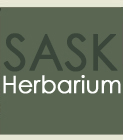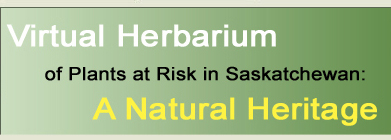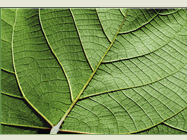
|

|

|

|

|

|

|
|
|
|
|
|
| Rosa blanda var. blanda Ait. | Species Image Gallery (opens in a new window) |
||||||||||||||||||||||||||
| TAXONOMY | |||||||||||||||||||||||||||
| Family: | Rosaceae | ||||||||||||||||||||||||||
| Genus: | Rosa | ||||||||||||||||||||||||||
| Species Synonyms: | Rosa blanda var. carpohispida
Schuette Rosa rousseauiorum Boivin Rosa subblanda Rydb. Rosa williamsii Fern. |
||||||||||||||||||||||||||
| Common Names: | smooth rose smooth wild rose |
||||||||||||||||||||||||||
| DISTRIBUTION | |||||||||||||||||||||||||||
| Canada: | eastern Saskatchewan – Manitoba – Ontario – Quebec – New Brunswick – Nova Scotia | ||||||||||||||||||||||||||
| Saskatchewan: | central to eastern Saskatchewan; Moose Mountain – Saskatoon – Fort-a-la-Corne | ||||||||||||||||||||||||||
| Ecoregion: | Moist Mixed Grassland, Aspen Parkland, Boreal Transition, Mid-Boreal Lowland | ||||||||||||||||||||||||||
| HABITAT | |||||||||||||||||||||||||||
| Saskatchewan: | riparian deciduous or mixed woods and shrub thickets | ||||||||||||||||||||||||||
| Canada: | thickets and rocky slopes | ||||||||||||||||||||||||||
| RARITY STATUS | |||||||||||||||||||||||||||
| Provincial
Status According to Harms (2003): |
Threatened |
||||||||||||||||||||||||||
| Nature Conservancy Status: | G5 S1S2 |
||||||||||||||||||||||||||
| Saskatchewan
Species at Risk Status: |
None |
||||||||||||||||||||||||||
| COSEWIC Status: | None |
||||||||||||||||||||||||||
| Smooth rose is threatened because of rarity in Saskatchewan. Possible threats have been identified for this species. | |||||||||||||||||||||||||||
| SPECIES DESCRIPTION | |||||||||||||||||||||||||||
| Height: | 50 – 150 cm | ||||||||||||||||||||||||||
| Stems: | woody, erect, stout, unarmed or with a few scattered prickles | ||||||||||||||||||||||||||
| Leaves: | alternate, odd-pinnate; margins of stipules rarely glandular | ||||||||||||||||||||||||||
| Leaflets: | 5 – 7, 1.5 – 4 cm long, 1 – 3 cm wide, elliptic to egg-shaped, glabrous, yellowish-green above, pale and at least somewhat tomentulose below, margin coarsely saw-toothed; stipules rather broad, usually lightly woolly | ||||||||||||||||||||||||||
| Inflorescence: | flowers solitary or in branched clusters; flower stalks usually hairless | ||||||||||||||||||||||||||
| Flowers: | large, regular; hypanthium hairless; sepals 5, 1.5 – 2 cm long, hairy, glandular; petals 5, 2 – 3 cm long, egg-shaped, pink, occasionally streaked with red; stamens numerous; ovaries numerous, inserted in the sides of the hypanthium | ||||||||||||||||||||||||||
| Fruits: | fleshy, enlarged hypanthium reddish, surrounding achenes; achenes 20 – 40, bony | ||||||||||||||||||||||||||
| |||||||||||||||||||||||||||